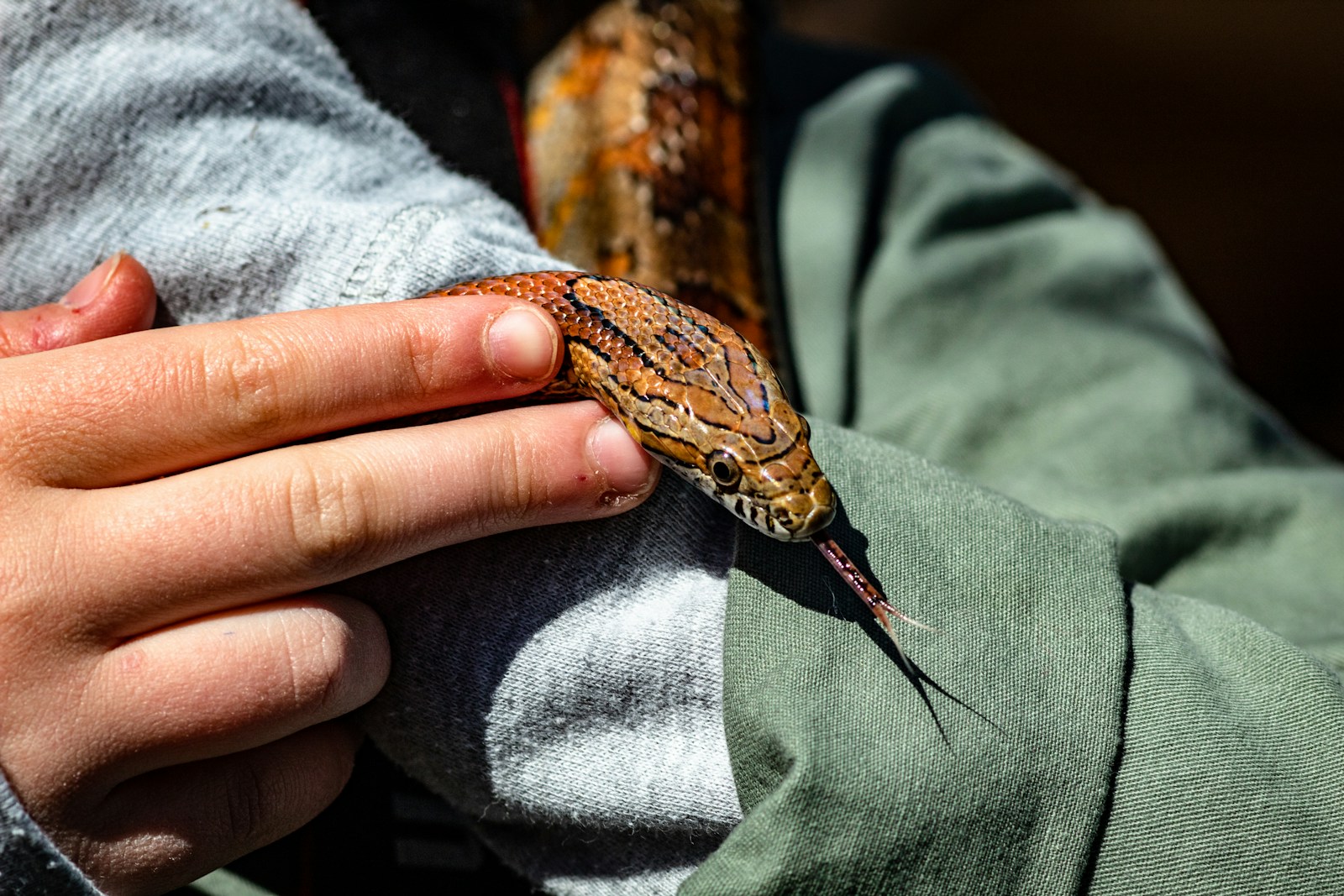In the world of pet ownership, snakes have gained popularity for their unique appeal and relatively low maintenance requirements. For apartment dwellers, where space may be limited and noise concerns are paramount, selecting the right snake species becomes even more important. Unlike dogs that bark or birds that chirp, snakes offer silent companionship that won’t disturb neighbors or violate noise ordinances. This comprehensive guide explores the quietest snake species that make ideal pets for apartment living, examining their characteristics, care requirements, and the benefits they bring to urban pet owners seeking reptilian companionship without the noise.
Understanding Snakes as Apartment Pets
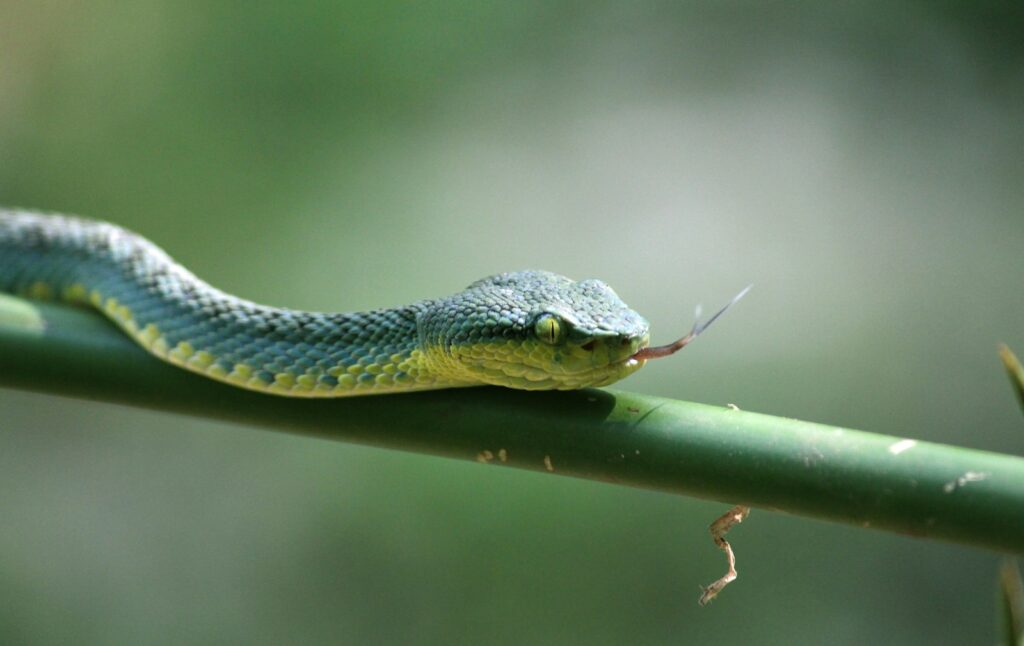
Snakes possess several qualities that make them excellent companions for apartment dwellers with busy lifestyles. Unlike many traditional pets, these reptiles don’t require daily walks, don’t create noise disturbances, and won’t damage your living space with scratching or chewing behaviors. Their enclosures typically require minimal space, making them suitable for smaller living arrangements where square footage is at a premium. Additionally, most snake species only need feeding once every 5-14 days depending on age and species, making them low-maintenance pets for those with unpredictable schedules. Their silent nature means you’ll never receive noise complaints from neighbors, a significant advantage in multi-unit housing environments where sound carries between walls.
Ball Pythons: The Gentle Giants
Ball pythons (Python regius) are widely considered the quintessential apartment snake due to their docile temperament and manageable size. Typically growing to 3-5 feet in length, these snakes possess a calm disposition that makes them ideal for handling, even by beginners. Their common name comes from their defensive behavior of curling into a ball when stressed, rather than becoming aggressive or striking. Ball pythons require relatively simple habitat setups with proper temperature gradients, hiding spots, and a secure enclosure no larger than a 40-gallon tank for adults. With proper care, these quiet companions can live 20-30 years, making them a long-term pet that won’t disturb your neighbors with noise at any point during their considerable lifespan.
Corn Snakes: Colorful and Quiet Companions

Corn snakes (Pantherophis guttatus) stand out as exceptional apartment pets due to their vibrant coloration, docile nature, and minimal care requirements. These North American natives typically reach 4-5 feet in length and are renowned for their ease of handling and calm temperament, rarely showing aggressive behaviors. Available in dozens of color morphs ranging from classic orange-red patterns to lavenders, snows, and caramels, corn snakes offer visual appeal without any noise disturbance. Their enclosures remain modest in size, with a 20-40 gallon tank sufficient for an adult specimen, making them suitable for apartments with limited space. With proper care including appropriate temperatures, substrate, and hiding places, corn snakes can thrive in apartment settings for 15-20 years without ever making a peep.
Kenyan Sand Boas: Compact and Silent
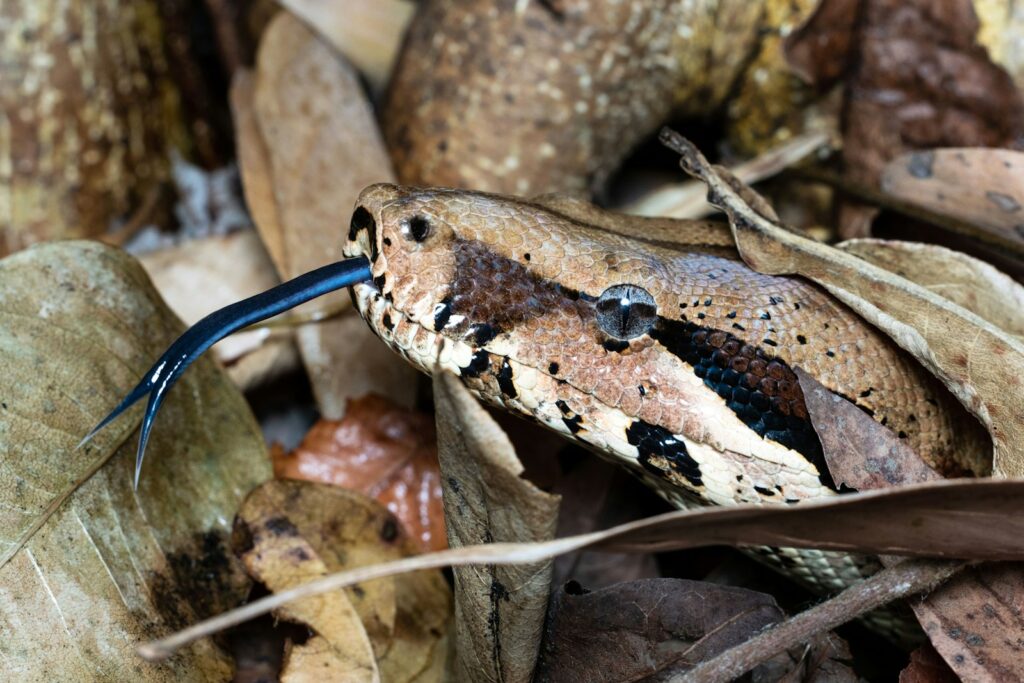
Kenyan Sand Boas (Eryx colubrinus) represent an excellent option for apartment dwellers seeking an especially small and unobtrusive snake species. These stout-bodied, fossorial snakes rarely exceed 2-3 feet in length, with females typically larger than males, making them one of the most space-efficient reptilian pets available. Their burrowing nature means they spend much of their time hidden beneath substrate, requiring minimal attention while remaining completely silent. A 10-20 gallon enclosure provides ample space for an adult Kenyan Sand Boa, allowing apartment residents to maintain a pet in even the most space-restricted environments. Their calm temperament and reluctance to bite make them suitable for gentle handling, though their preference for burrowing means they’re often content to remain in their enclosure, making no demands for attention or space.
Children’s Python: Small-Scale Serenity
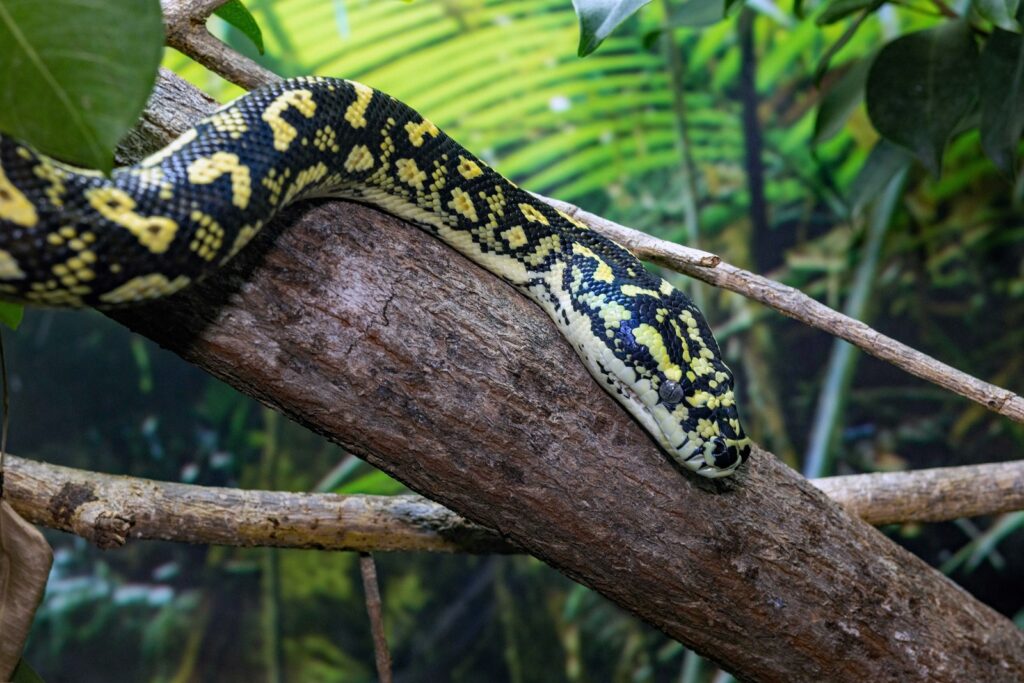
Children’s Pythons (Antaresia childreni) offer apartment dwellers a modestly-sized python option that combines the appeal of larger constrictors with space-efficient housing requirements. These Australian natives typically reach only 2-4 feet in length, making them significantly smaller than many other python species while maintaining the same silent nature. Their calm disposition and inquisitive behavior make them engaging pets that rarely display defensive behaviors that might create stress for either the snake or owner. Children’s Pythons thrive in relatively small enclosures, with a 20-30 gallon tank sufficient for adults, conserving precious apartment space. Their adaptability to various humidity levels makes them less demanding in terms of environmental controls, and their 20+ year lifespan ensures a long-term, noise-free companion for apartment living.
Rosy Boas: Desert Dwellers for Urban Spaces
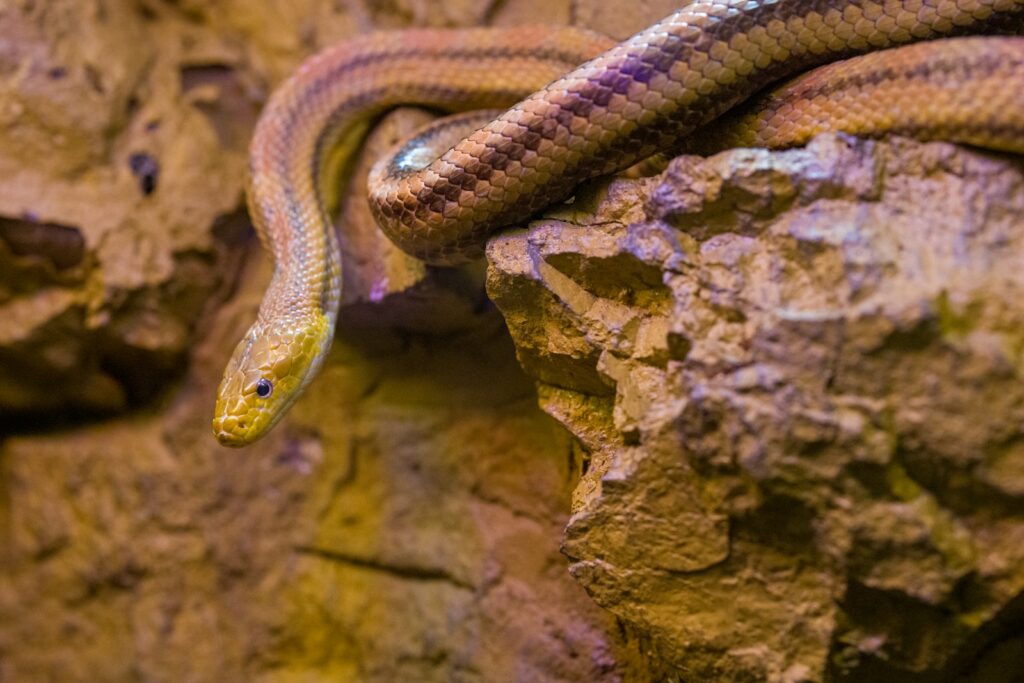
Rosy Boas (Lichanura trivirgata) present an excellent choice for apartment owners seeking a distinctively patterned, small-bodied constrictor with minimal care requirements. Native to the southwestern United States and northwestern Mexico, these snakes typically reach only 2-4 feet in length and possess a thick, muscular body with attractive pattern variations. Their remarkably docile nature makes them among the most handleable snake species, rarely becoming stressed or defensive during interaction. Rosy Boas require very basic habitat setups with low humidity requirements, making them particularly suitable for dry apartment environments where maintaining high humidity might prove challenging. With their slow metabolism, these snakes eat less frequently than many other species and can thrive in a 20-30 gallon enclosure throughout their 20-25 year lifespan, offering decades of silent companionship.
Western Hognose Snakes: Quirky and Quiet
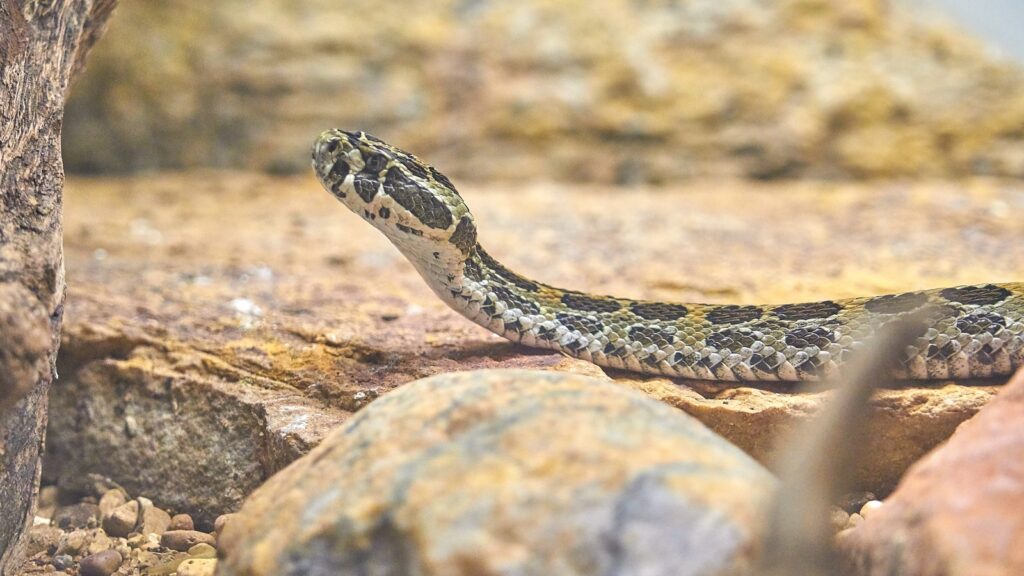
Western Hognose Snakes (Heterodon nasicus) combine distinctive personality with diminutive size, creating an engaging yet apartment-appropriate pet option. Immediately recognizable by their upturned snouts used for digging and their dramatic (though harmless) defensive displays, these snakes rarely exceed 2-3 feet in length, with males typically smaller than females. Despite their theatrical defensive behavior, which includes hissing, flattening their necks, and sometimes playing dead, Western Hognoses produce minimal actual noise and quickly calm down once they realize there’s no threat. Their enclosures remain modest, with a 20-gallon tank sufficient for most adults, conserving valuable apartment space. These snakes thrive in relatively dry environments with sandy substrate that allows for their natural burrowing behaviors, making them well-suited to the typically drier conditions found in many apartment buildings.
Creating a Snake-Friendly Apartment Space
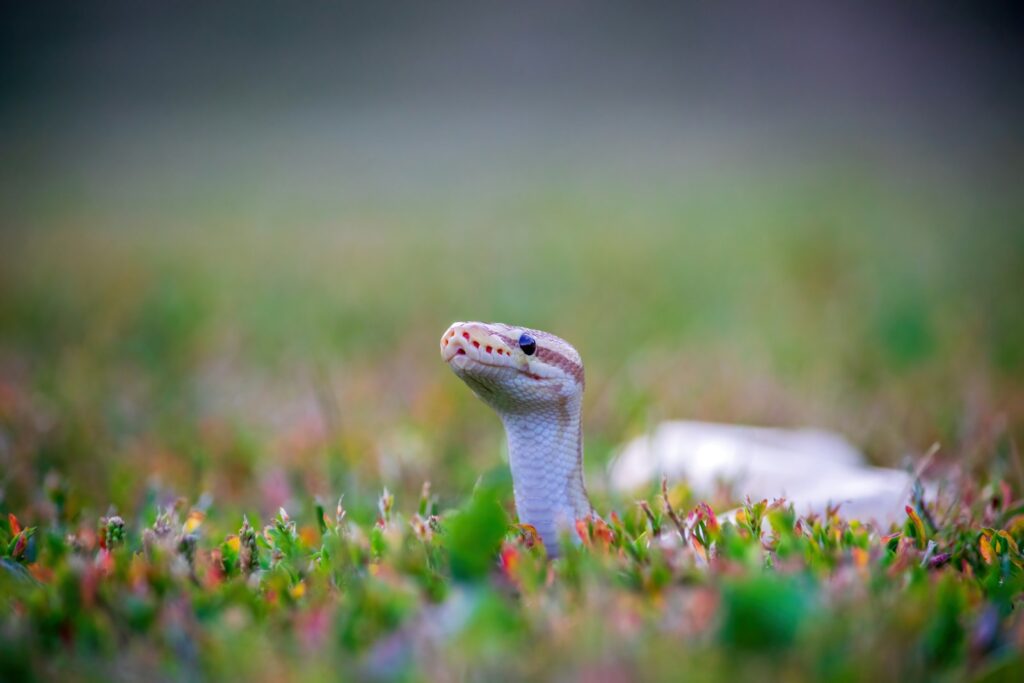
Establishing the ideal environment for your snake within apartment constraints requires thoughtful planning to balance the reptile’s needs with limited space. Begin by selecting an appropriate location for the enclosure away from direct sunlight, drafts, and high-traffic areas that might stress your snake. Consider furniture that can double as enclosure stands, such as sturdy bookshelves or specially designed reptile cabinet stands that provide storage for supplies beneath the tank. Temperature regulation presents a particular challenge in apartments where you may not control the central heating; address this by using thermostats with heat mats, ceramic heat emitters, or radiant heat panels that maintain proper temperatures regardless of ambient conditions. For species requiring higher humidity, utilize localized solutions like properly sealed enclosures with moisture-retaining substrates rather than room humidifiers that might cause issues with apartment walls or ceilings.
Managing Feeding in Small Spaces

Feeding snakes in apartment settings requires strategic approaches to food storage and feeding procedures that accommodate limited space. Dedicate a small portion of your freezer to storing pre-killed rodents, ideally in sealed containers that prevent cross-contamination with human food items. Consider investing in a separate mini-freezer if freezer space is particularly limited or if roommates or family members are uncomfortable with shared food storage. Develop a consistent feeding routine that includes proper thawing methods using warm water rather than microwaves, which can create uneven heating and potentially harm your snake. For residents concerned about the psychological aspects of feeding prey animals, many pet stores offer pre-killed frozen rodents in discreet packaging, and the feeding process itself remains silent and quick, unlike the feeding routines of many other pets that might create noise or odors noticeable to neighbors.
Temperature and Humidity Considerations
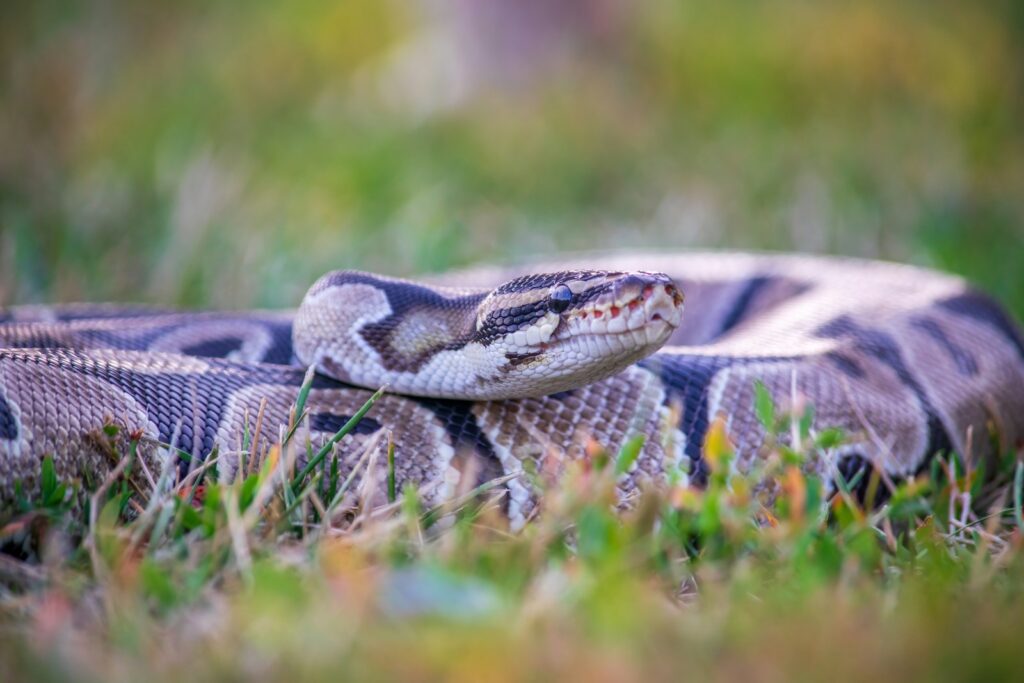
Maintaining proper environmental conditions for snakes presents unique challenges in apartment settings where climate control may be centralized and modifications limited. Most apartment-suitable snake species require a temperature gradient with a warm side (85-90°F for most species) and a cooler side (75-80°F), achieved through localized heating elements rather than adjusting entire room temperatures. Utilize thermostats connected to under-tank heaters, ceramic heat emitters, or radiant heat panels to create precise microenvironments within the enclosure without affecting your apartment’s overall climate. Humidity requirements vary significantly between species, with corn snakes and ball pythons needing moderate humidity (40-60%), while species like Kenyan Sand Boas and Rosy Boas thrive in drier conditions (30-40%). In apartments where air tends to be dry, especially in winter months with heating systems running, employ localized humidity solutions such as moisture-retaining substrates, strategic misting, or small humid hides rather than room-scale humidifiers that might damage apartment walls or create mold issues.
Addressing Landlord and Neighbor Concerns

Navigating pet policies in apartment complexes requires clear communication and understanding when keeping snakes as pets. Before acquiring your silent slithering companion, thoroughly review your lease agreement for specific language regarding exotic pets, as many contracts either don’t mention snakes specifically or classify them differently from traditional pets. When discussing your pet snake with landlords or property managers, emphasize their contained nature, silence, lack of damage to property, and absence of allergenic dander that affects other residents. Prepare documentation about your specific species, highlighting their small size, non-venomous status, and secure enclosure to address safety concerns proactively. For particularly hesitant landlords, offer to provide additional security deposits or obtain exotic pet insurance to alleviate concerns about potential liability. Remember that education is key—many objections stem from misconceptions about snakes rather than legitimate property concerns, and a calm, factual approach often resolves initial resistance.
Snake Health in Apartment Environments
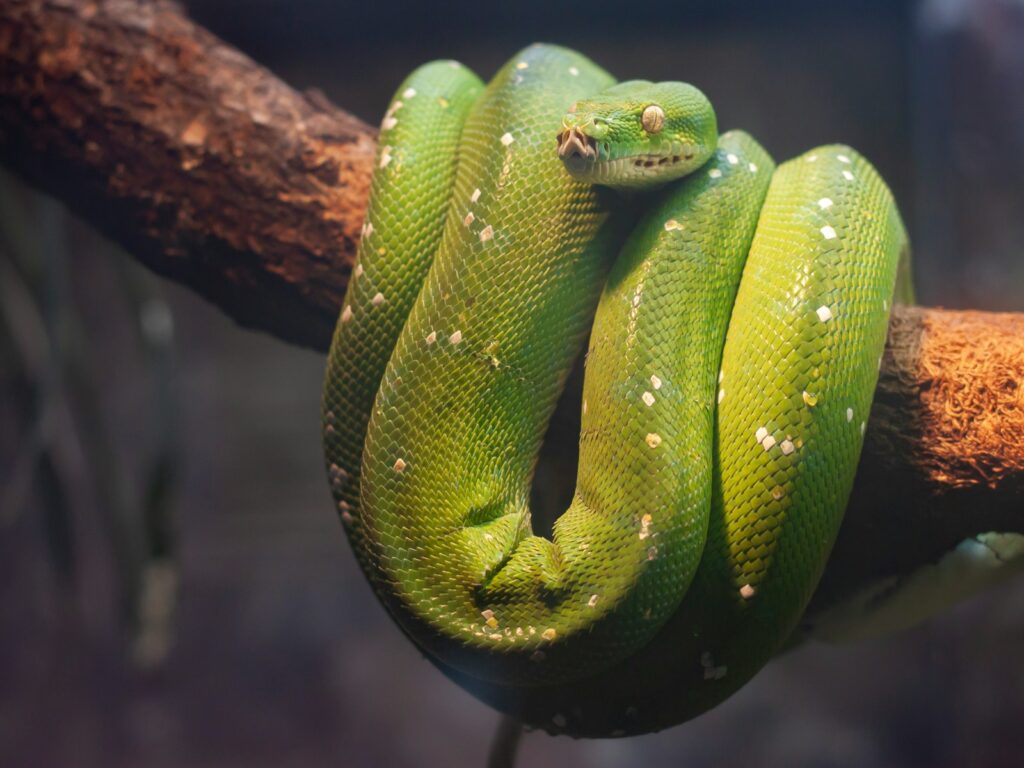
Maintaining optimal snake health within apartment constraints requires attentiveness to environmental factors unique to multifamily housing. Be particularly vigilant about temperature fluctuations that may occur seasonally when building-wide heating or cooling systems activate, as these can affect your snake’s enclosure temperatures even with supplemental heating elements. Monitor for potential stress factors common in apartment settings, such as vibrations from neighboring units, frequent loud noises, or excessive handling by curious visitors who may be unfamiliar with proper reptile handling techniques. Establish a relationship with a reptile-knowledgeable veterinarian before emergencies arise, particularly important in urban apartment settings where specialized exotic vets may require appointments well in advance. Create a health monitoring routine that includes regular weight checks, shed completion assessment, and behavior observations to detect subtle changes that might indicate health concerns early, as snakes typically don’t display obvious symptoms until conditions become severe.
Building Escape-Proof Enclosures
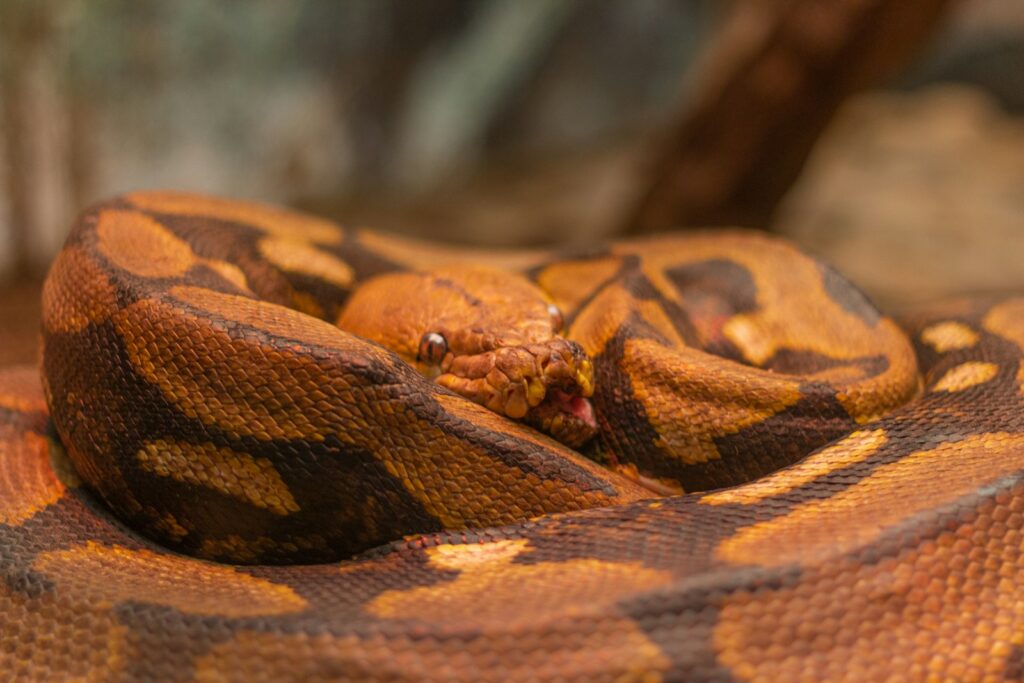
Ensuring your snake remains securely contained within its enclosure is particularly crucial in apartment settings where escape could lead to significant complications with neighbors or property management. Invest in enclosures specifically designed for reptiles with secure locking mechanisms rather than adapting containers meant for other purposes, as snakes are notorious for finding and exploiting weak points in their housing. Pay special attention to areas where equipment enters the enclosure, such as thermometer probes or power cords, as these create potential escape routes that determined snakes can enlarge over time. Consider secondary containment measures such as placing the enclosure within a reptile-safe room when possible, or using clear plastic tubs with locking lids inside decorative furniture pieces that can be secured when you’re not home. Regularly inspect all enclosure components including screen tops, door hinges, and locking mechanisms for signs of wear or damage that might compromise security, particularly important in smaller living spaces where a loose snake has fewer places to hide and potentially greater access to neighbors’ units through shared ventilation or plumbing access points.
The Social Benefits of Snake Ownership
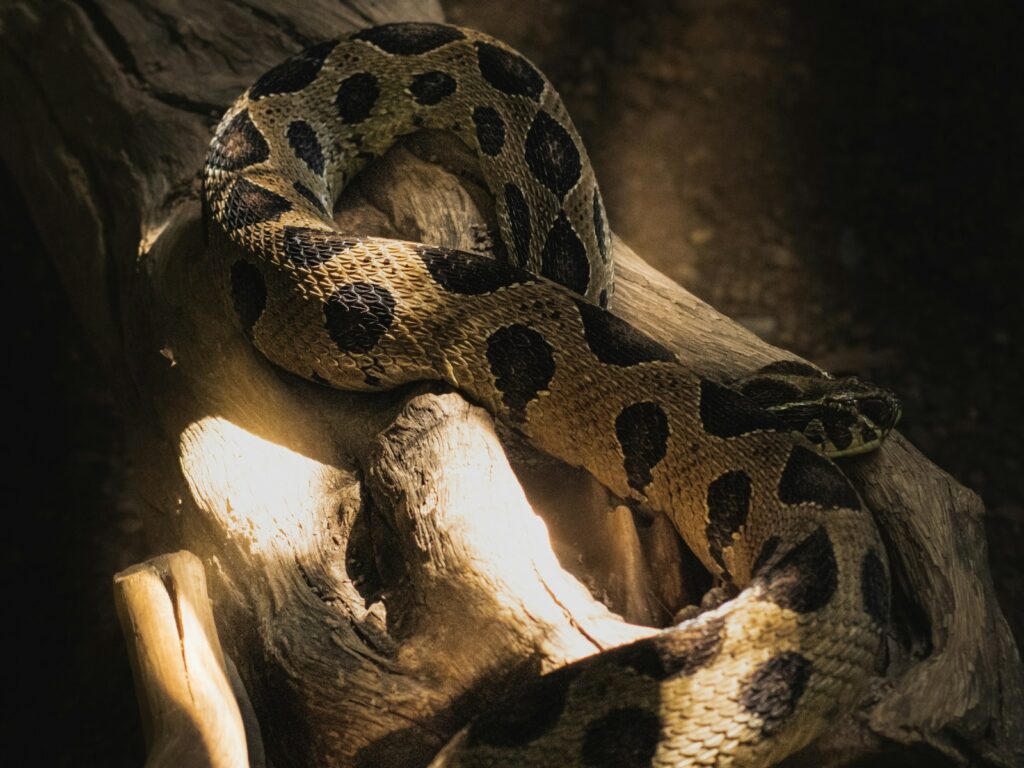
Beyond their practical advantages as apartment pets, snakes offer unique social benefits that enhance urban living experiences. These exotic pets frequently serve as fascinating conversation starters, helping apartment dwellers connect with neighbors and visitors who might be curious about these unusual companions. Many snake owners report that responsible reptile keeping has expanded their social circles through specialty pet groups, online communities, and local reptile expos where they meet like-minded enthusiasts. For children in apartment settings where traditional pets might be restricted, snakes provide valuable opportunities to learn about responsibility, biology, and respect for wildlife without the noise or space requirements of conventional pets. Additionally, the calm, methodical care routines associated with snake keeping create meditative moments of focus that many owners find therapeutic amid the often hectic pace of apartment living in urban environments.
Conclusion: Silent Companionship in Small Spaces
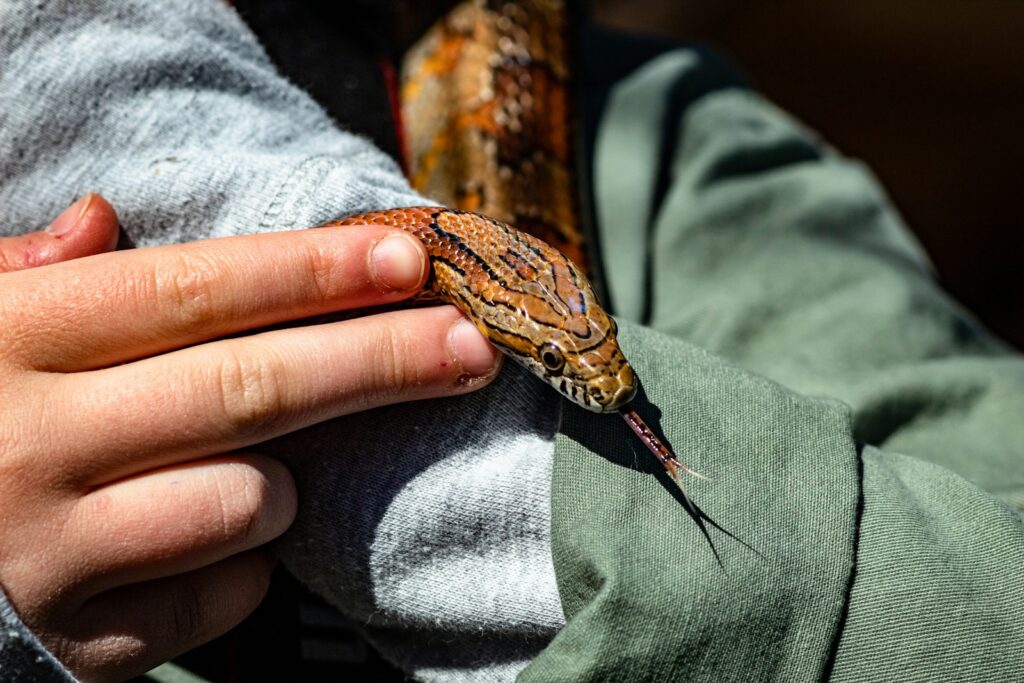
The perfect harmony between snake ownership and apartment living demonstrates how thoughtful pet selection can overcome traditional housing limitations. The snake species highlighted in this guide—from Ball Pythons to Western Hognoses—offer completely silent companionship while requiring minimal space and maintenance, making them ideally suited to the constraints of apartment living. Their long lifespans provide stable companionship through multiple housing changes that often occur during urban living situations. As interest in exotic pets continues to grow, particularly among apartment dwellers seeking alternatives to traditional pets, these quiet reptilian companions fill an important niche in the pet-keeping world. With proper research, preparation, and care, apartment residents can enjoy the unique rewards of snake ownership without compromising the peace and comfort of their living space or neighboring units—truly the best of both worlds for the urban reptile enthusiast.

